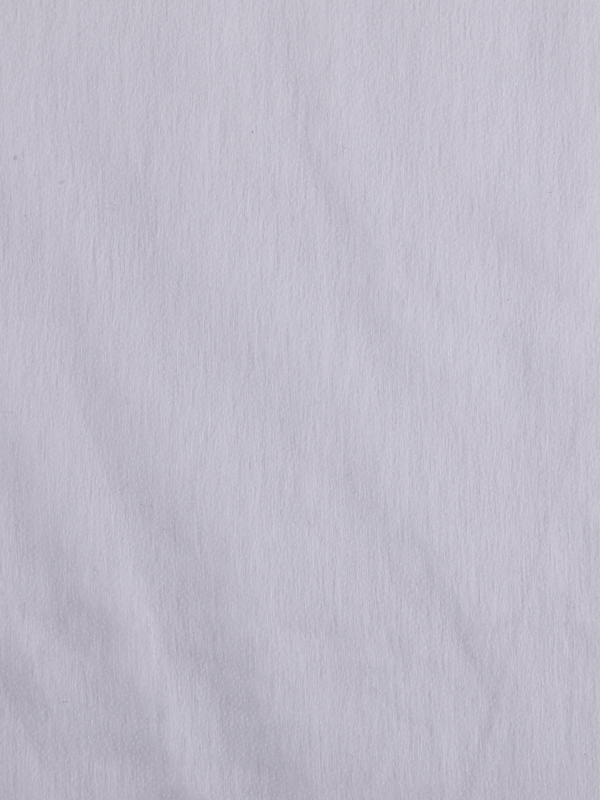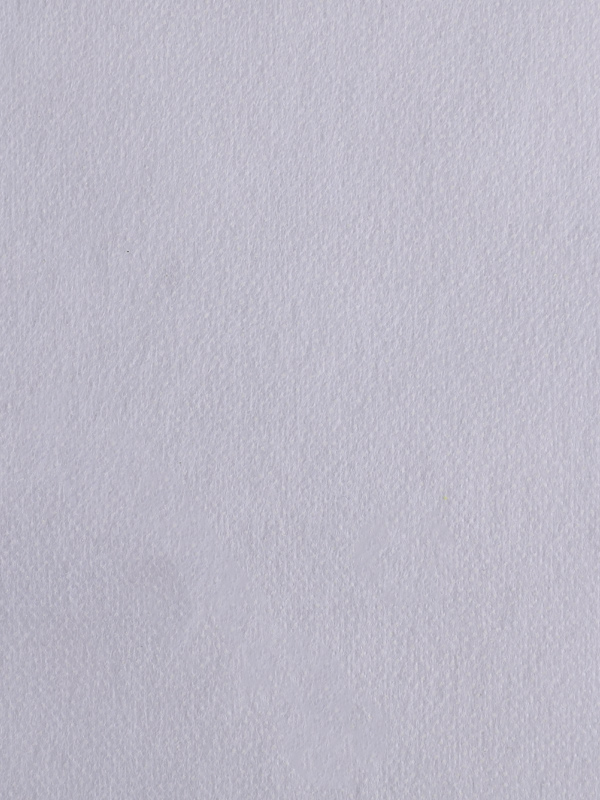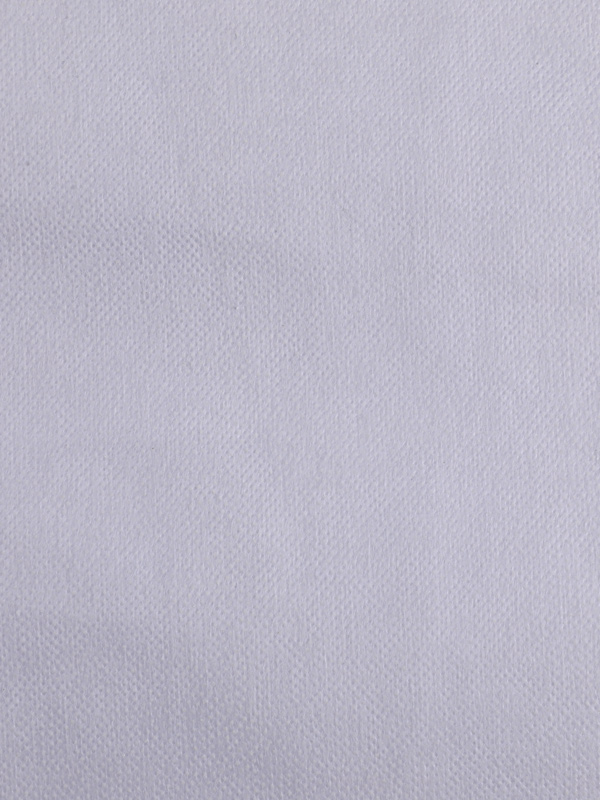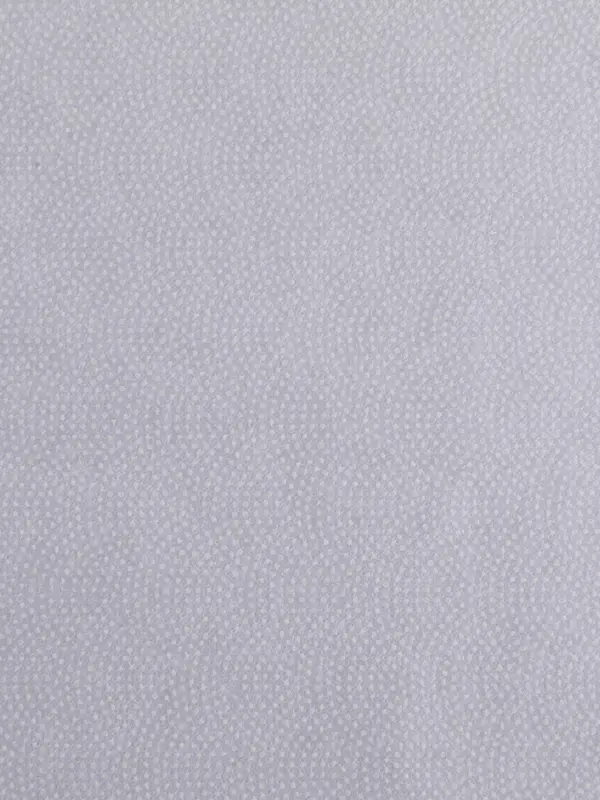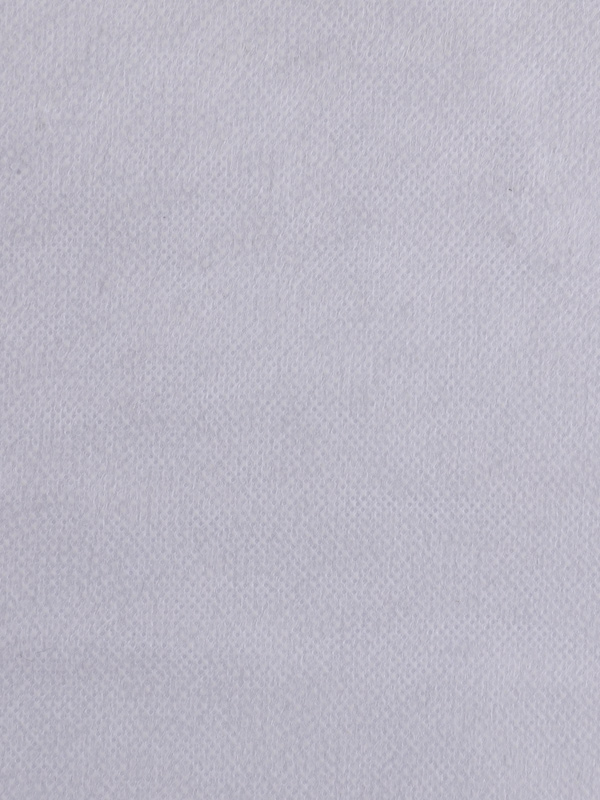Dot interlining, also known as fusible interlining or adhesive interlining, is a sort of fabric this is used in the garment industry for various functions like strengthening, shape formation, and enhancing the arrival of fabrics. While it gives several blessings to the textile industry, there also are environmental implications related to its use. In this essay, we will talk the environmental implications of the use of dot interlining.
One of the principle environmental implications of the usage of dot interlining is the disposal of waste. During the manufacturing method, huge quantities of waste are generated, which includes cloth scraps, trimmings, and leftover interlining fabric. Proper disposal of those waste materials is essential to prevent them from polluting the surroundings. However, in many cases, these waste materials end up in landfills, contributing to the growing difficulty of textile waste. Landfilling can cause the release of harmful chemicals and greenhouse gases into the atmosphere, as well as the contamination of soil and water assets.
Additionally, the production of dot interlining involves using diverse chemical compounds and substances, a number of which are dangerous to the surroundings. For instance, the adhesive used in dot interlining typically contains materials like formaldehyde, PVC, and other volatile organic compounds (VOCs). These chemical substances could have poor affects at the surroundings, consisting of air and water pollution. During the production system, those chemicals may be launched into the surroundings, contributing to the general pollutants degrees.
Furthermore, the energy consumption related to the manufacturing of dot interlining also has environmental implications. The manufacturing procedure calls for large amounts of energy for operations inclusive of weaving, coating, and drying. This power is commonly derived from burning fossil fuels, which releases carbon dioxide and other greenhouse gases into the atmosphere. The combustion of fossil fuels contributes to climate exchange and air pollution.
Moreover, dot interlining is frequently crafted from artificial substances like polyester or polyamide, which can be derived from petroleum-based totally sources. The extraction and processing of these resources have vast environmental affects, inclusive of habitat destruction, pollutants, and the emission of greenhouse gases. Additionally, the non-biodegradable nature of synthetic fibers approach that dot interlining made from these substances will persist within the environment for a long term after disposal, contributing to the problem of plastic pollutants.
However, it's far crucial to word that measures can be taken to mitigate the environmental implications of the use of dot interlining. For instance, producers can undertake extra sustainable practices via the usage of recycled or biodegradable materials for interlining manufacturing. They also can invest in purifier production technology to decrease waste technology and decrease strength consumption. Additionally, proper waste management systems have to be established to ensure that waste materials are recycled or disposed of in an environmentally friendly manner.
In end, at the same time as dot interlining gives several benefits to the fabric industry, there are vast environmental implications related to its use. These encompass waste generation and disposal, the usage of unsafe chemicals, electricity consumption, and the extraction of petroleum-based totally sources. However, via the adoption of sustainable practices and technologies, the poor affects may be minimized, and a greater environmentally friendly method to dot interlining manufacturing may be performed.
